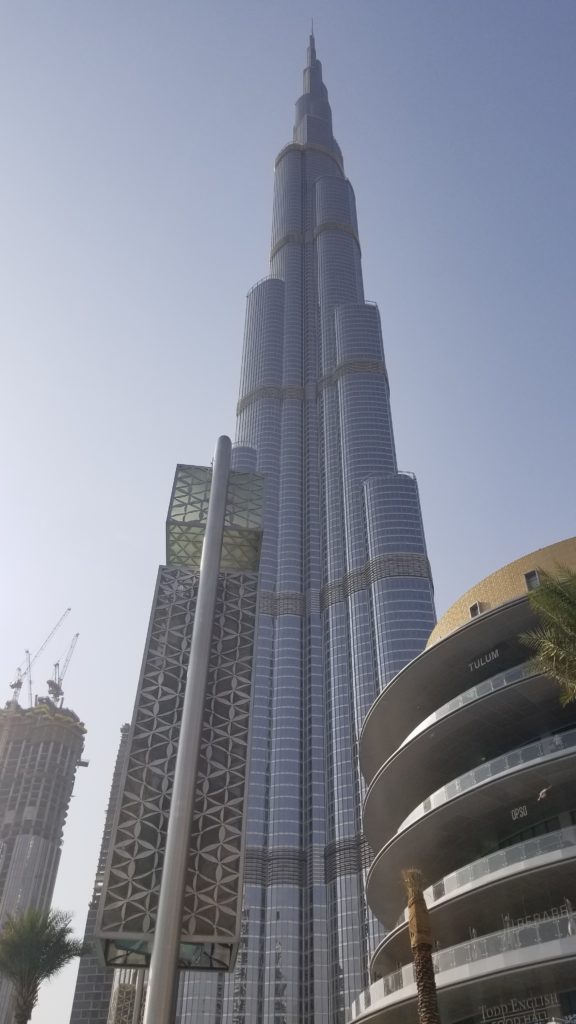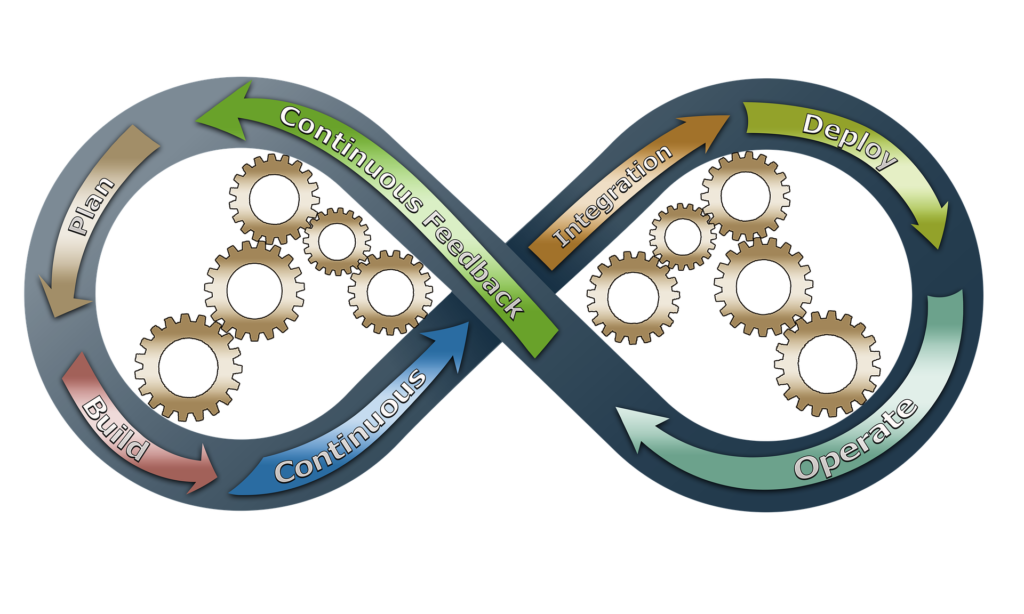My friends at the International Association of innovation professionals (IAOIP) sent me an article from Inhabitat talking about how sewage from the Burj Khalifa at one point needed to be trucked away from the building. They’d sent it to me because I had the opportunity to go to Dubai and see the Burj firsthand. It was a couple of years back when we went to Abu Dhabi to teach a course on Innovation Methods and Tools. My flight home was out of Dubai so while there, I got to go up to the 150th floor and take pictures there at the world’s largest building, attached to the world’s largest mall, surrounded by the world’s largest fountain. It was an innovative marvel, an absolute wonder, and a flat-out pretty cool place to be.

And as I read the article, they talked about the problem with this large building when it first opened. They didn’t really have everything finished for how the municipal sewage would work. They needed to offload the waste from the building using trucks. Now, while I was in Dubai, I didn’t see anything like septic or sewage trucks anywhere around the Burj so I was curious to read more. I went back and I looked up the original article, which consisted of a conversation between Kate Ascher, a skyscraper expert, and NPR’s Terry Gross. Kate Ascher spoke through many of the different aspects of building skyscrapers, what people need to plan for before and during the building of a skyscraper, to include urban planning. As I was reading through the article, it really struck me how relatable this conversation was to innovation. It had many perfect parallels for how things could go right and how things could go wrong.

So, specifically for this Burj Khalifa part of the conversation, I saw how many people think about innovation. It’s the hip, awesome, state of the art, forward thinking, cool thing to do. And a LOT of people focus on the perception, that view that things need to look and feel innovative (even if they aren’t); What some have dubbed “innovation theater”. People fail to realize that you can roll out an innovation that has all the bells and whistles but if you don’t have the plumbing (thought of, planned out, and put together), chances are you may have a cool looking product or solution, but you won’t have something that is sustainable. You won’t have the ability to roll out innovation over and over and over again.

The article called out the fact that you MUST look at your system holistically, be it a building or innovation management. you need to ensure that you have all of the proper planning in place to make the impressive happen. But you also need to have all the other parts of your system’s infrastructure in place as well. You need to make sure that you’ve got the leadership/management, culture, all of the right metrics to measure both from a monetary and non-monetary perspective. And you also need to have a way to gather new ideas you need to be able to figure out what direction you want to go. So you’ve got an innovation vision, but how are you going to achieve that vision? And how does it differ from your everyday operational vision? These are all things that need to be teased out and distinctly defined as you’re going along and building your system.

Innovation should be separate but woven through an organization with a distinct destination/purpose in mind. Ms. Ascher mentioned that many Asian buildings have “floors of refuge”, where if there is a fire or some other type of emergency, people can go to these floors instead of making their way out of the building. In some cases, there are even express elevators that specifically shuttle people to these floors. These floors even have separate air systems. Imagine… A system within a system, designed to protect you from the unexpected. Something that helps you to navigate and survive (have longevity) even when things change dramatically or you are at risk of losing everything. If that type of system sounds like something your organization could use, ask us how to make it reality.